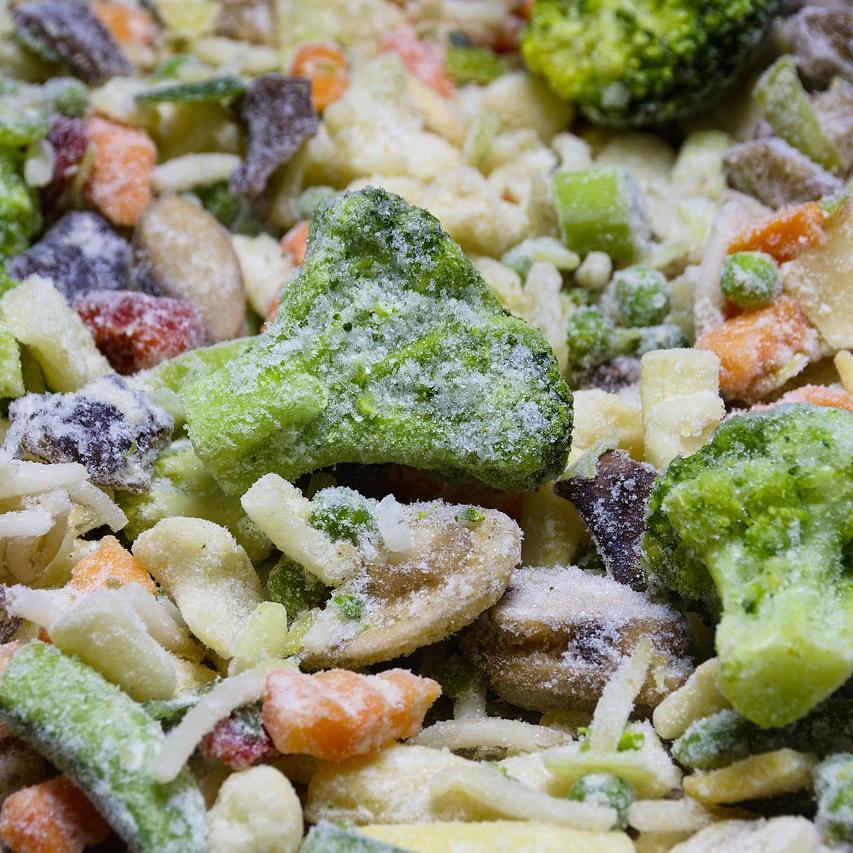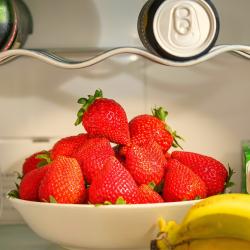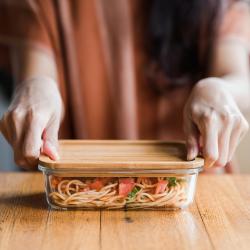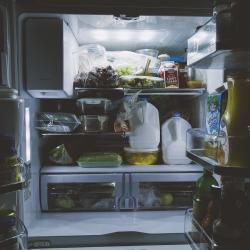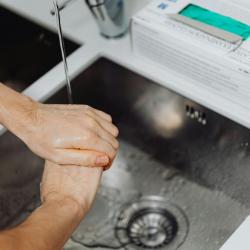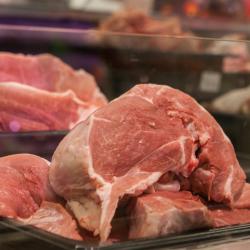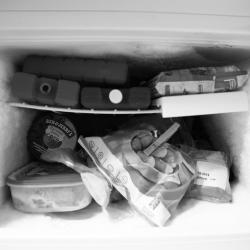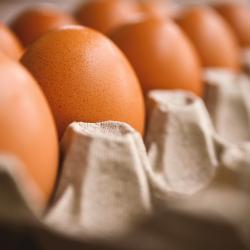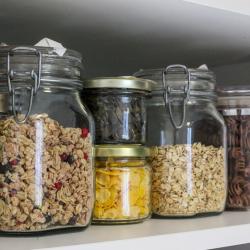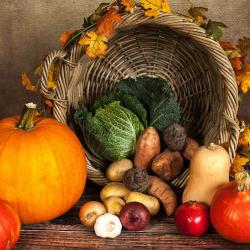How to Safely Thaw Frozen Foods Without Risk of Bacteria
Thawing frozen foods is a common practice in home kitchens, yet it's one that comes with potential health risks if not performed correctly. The main concern surrounding improper thawing is the growth of harmful bacteria, which can lead to foodborne illnesses. Fortunately, there are several effective methods to thaw food safely while minimizing this risk. Here’s a comprehensive guide on how to do it right.
Why Is Safe Thawing Important?
Frozen food, when properly stored, halts the growth of bacteria. However, as soon as the temperature rises during thawing, bacteria can begin to multiply rapidly. Foods left in the "danger zone" (between 40°F and 140°F) for too long can become a breeding ground for bacteria like Salmonella, E. coli, and Listeria. Therefore, choosing safe thawing methods is crucial to prevent foodborne illnesses.
Safe Thawing Methods
-
Refrigerator Thawing
Thawing food in the refrigerator is the safest method because it keeps food out of the danger zone. This method is ideal for large items like turkeys or roasts, which may take longer to thaw. Plan ahead to allow enough time for this method; small items might take a day, while larger ones could take several days.
Tips:
- Place the item on a plate or in a container to catch any juices that might drip, preventing cross-contamination.
- Keep the refrigerator at 40°F or below.
-
Cold Water Thawing
This method is faster than refrigerator thawing but requires more attention. Submerge the food item in cold water, ensuring it is in a leak-proof plastic bag to prevent water from seeping in and altering the texture of the food.
Procedure:
- Change the water every 30 minutes to maintain a safe temperature.
- Small packages may thaw in an hour or less, while larger items could take several hours.
- Cook immediately after thawing.
-
Microwave Thawing
For those in a hurry, microwave thawing is the quickest method. However, it's important to cook the food immediately after thawing, as some areas of the food may become warm and begin to cook during microwave thawing.
Tips:
- Use the defrost setting to thaw food evenly.
- Follow the microwave instructions for time and power settings based on the type and weight of the food.
- Rotate and turn the food several times to ensure even defrosting.
-
Cooking Without Thawing
Certain foods like vegetables, small pieces of meat, and seafood can be cooked directly from frozen. This is not a thawing method per se, but it eliminates the risk of bacteria growth as the food goes from freezer to stove or oven without delay.
Advantages:
- Saves time by eliminating the thawing step.
- Retains the texture and flavor of food for some items.
Methods to Avoid
-
Room Temperature Thawing: Never leave food to thaw on the counter at room temperature. The outer layers of the food can quickly enter the danger zone, allowing bacteria to multiply while the interior remains frozen.
-
Hot Water Thawing: Similarly, using hot water for thawing can quickly bring the outer layers of the food into the danger zone, encouraging rapid bacteria growth.
Final Thoughts
Proper thawing is a crucial step in food safety, ensuring that your meals remain delicious and free of harmful bacteria. By following these recommended methods, you can safely thaw your frozen foods while safeguarding your health and that of your loved ones. Remember, when in doubt, it's better to thaw and cook more slowly and safely than to rush and risk food safety.
